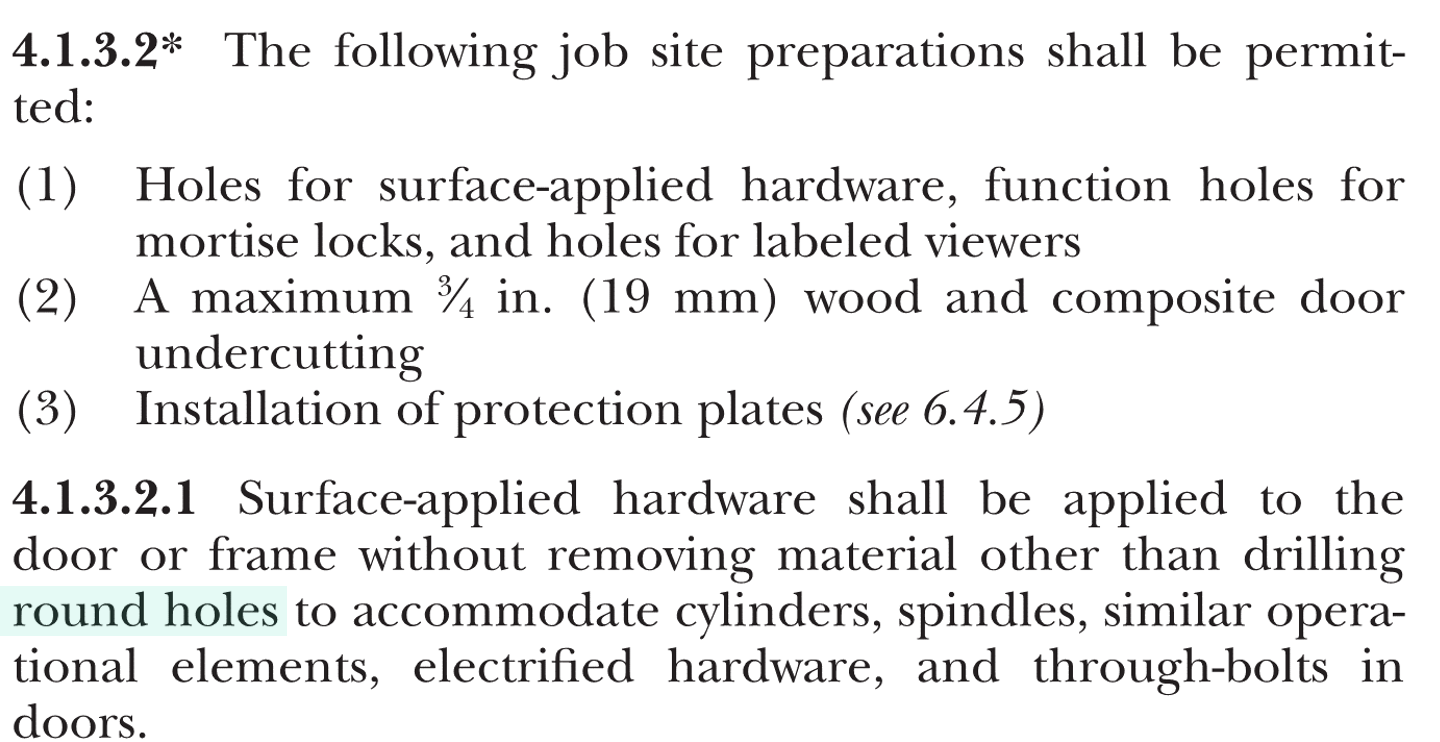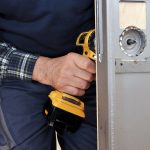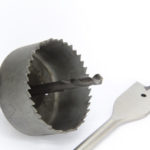 I spent the last two days teaching code classes for my coworkers in the New England office. I began working in this office in 1994, and this group includes some of my favorite people – even though teaching them can sometimes be like herding cats. At one point today I had to offer to do a cartwheel to hold their attention (it worked!). Code classes can be tough to teach, because people’s eyes tend to glaze over after the first few minutes. But this week’s classes went really well and I think the group learned a lot.
I spent the last two days teaching code classes for my coworkers in the New England office. I began working in this office in 1994, and this group includes some of my favorite people – even though teaching them can sometimes be like herding cats. At one point today I had to offer to do a cartwheel to hold their attention (it worked!). Code classes can be tough to teach, because people’s eyes tend to glaze over after the first few minutes. But this week’s classes went really well and I think the group learned a lot.
A quick question came up during the class, as I was talking about a change to NFPA 80:
Can a rectangular or oblong hole be prepped in an existing fire door in the field?
For many years, I’ve been teaching that the maximum hole size that can be drilled as a job-site preparation on an existing fire door assembly is 1-inch diameter, with the exception of cylinder holes which can be any size. Beginning with the 2016 edition of NFPA 80, the standard states holes larger than 1-inch diameter are acceptable if allowed by the listings of the door manufacturer and the hardware manufacturer.
When I spoke with NFPA about the new requirements, NFPA staff confirmed that the holes for job-site preparations are limited to round holes, so rectangular or oblong holes (or any other shape besides round) would not be allowed as a job-site preparation. However, permission could be requested from the listing lab, via the door or frame manufacturer, to perform a field modification and cut the non-round holes. If permission for the field modification is granted by the listing lab, the door or frame that is modified is not required to be relabeled after the alteration is made.
I have included a short excerpt from NFPA 80 below, and additional information can be found in the following articles and posts:
- QQ: Job-Site Preps for Fire Doors
- New: Maximum Hole Size for Job-Site Preps
- Decoded: Alterations to Fire Door Assemblies
In NFPA 80, the first paragraph below describes the types of job site preparations that can be done in the field, and the “round holes” are mentioned in the second paragraph. The third paragraph includes the 1-inch limitation, but as I always say, “keep reading”, and the final paragraph is where the larger holes are referenced.
Have you had any experience with drilling larger round holes in existing fire doors, or with the approval process for a field modification?
You need to login or register to bookmark/favorite this content.











Has anyone had luck getting the door or frame manufacturer to contact the listing lab to ask for permission for a field modification?
And if the manufacturer was willing to contact the listing lab, has anyone had luck getting the lab to grant the modification without requiring recertification?
We have not had much luck pursuing this avenue.
Hi Kristi –
I have the same question!
– Lori
As a Product Engineer for a manufacturer of fire rated hollow metal doors and frames, I occasionally facilitate requests for field modifications to fire rated doors and frames. Customer contacts our technical services department and we work with the customer and the certification agency to obtain authorizations needed. Often times cost for formal certification agency engineering evaluation exceeds cost of simply replacing the product.
Do you believe NFPA staff would agree that non-round (e.g., rectangle, oblong, etc.) holes could be jobsite prepped in fire rated doors if the capability was defined in the door manufacturer’s listing?
Hi Tom –
I think it would require a change to NFPA 80 to make it a job-site prep, but the labs could allow it as a field modification. It’s on my wish list for the next code development cycle.
– Lori
I have not figured out the reasoning of why this kind of modification has to be done in the factory or a certified shop. If the work is done in accordance with established procedures and to the size limits of the listing agency it should be able to be done by anyone.
Lori,
Some years back I had a multi story project in which the architect had a lot of stairwell fire rated doors scheduled with exit only devices.
My company had been doing door hardware installation for a number of years at this time, but I had not yet got my FDAI certificate.
After the architect decided to reorder new doors to make the change I asked if he would hold off and let me try to contact the door manufacturer and ask if we could possibly be approved to make the needed preparation to the doors to add the exterior side lever trim.
I had made a template jig to make the cutout and used a plunge router to do the work. I provided photos of the doors and their labels to let them know exactly which doors we were modifying and then photos of prepped cutouts once completed. Once the door manufacturers engineer saw the photos he sent me and the architect written approval listing the door and label serial numbers.
I know it would have cost much more than what I charged that architect to replace those doors so he was happy and I collected some extra money and architect as a new friend on that change order just sharing some of our companies problem solving.
I think following the process that we did, showing photos and machining methods to the door manufacturer they should usually grant you permission. Give it a try, those doors were going to be junked and replaced if it didn’t work or we didn’t get approved.
Happy New Year!
Thanks for sharing your experience, James!
– Lori
Lori,
I forgot to mention the doors we modified were fire core with real bamboo veneer that were stairwell lobby doors.
And yes they were your company’s devices, 996L the beast of all cutouts.